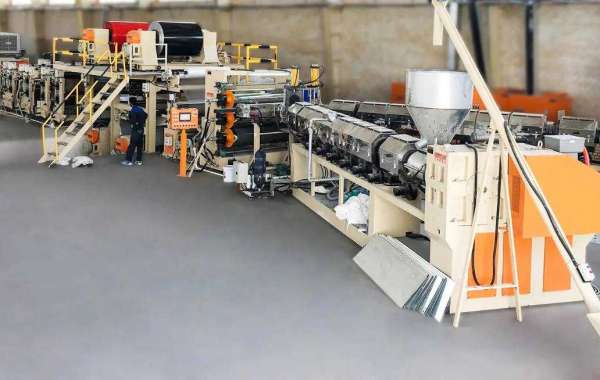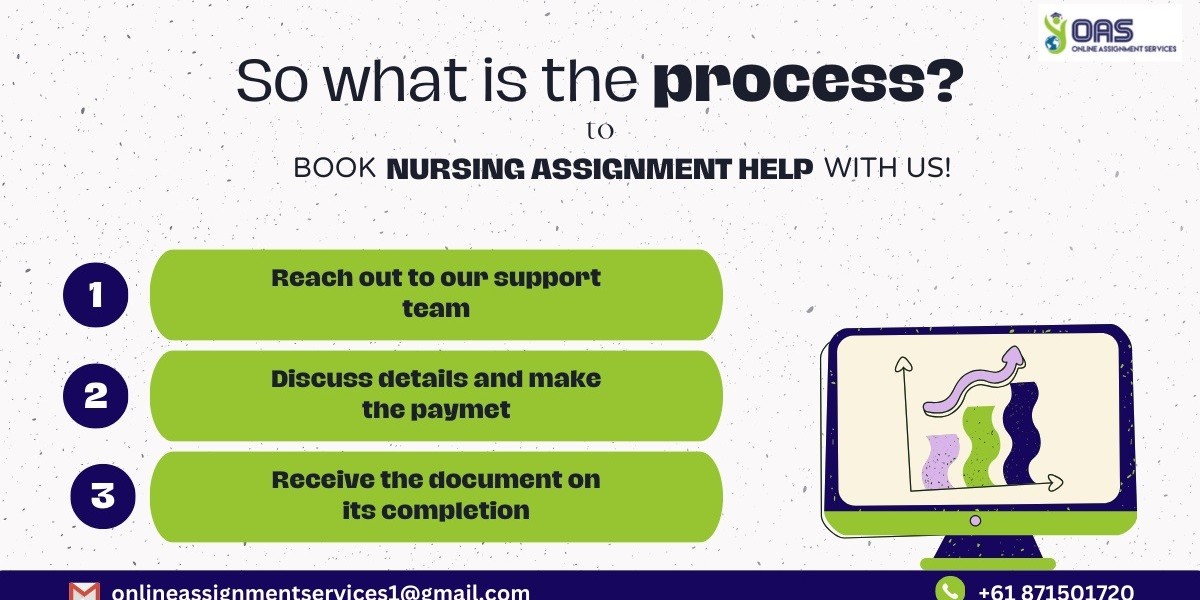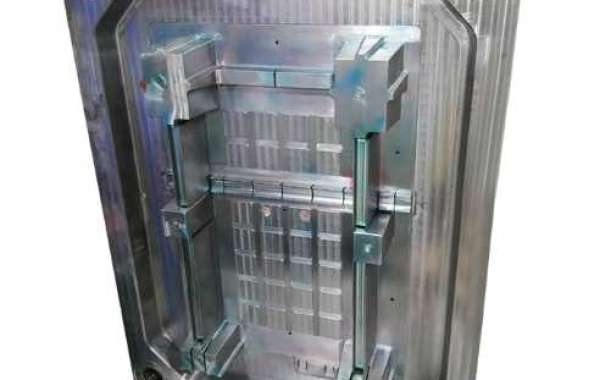In the ever-evolving world of construction and industrial materials, aluminum composite panels (ACPs) have emerged as a popular choice due to their lightweight, durability, and aesthetic appeal. To meet the rising demand for high-quality ACPs, manufacturers are relying on advanced technologies such as the Coil Coating Line. This article will explore the significance of Aluminum Composite Panel Equipment and the Coil Coating Line in the industry, focusing on their contributions to enhancing efficiency and product quality.
Aluminum Composite Panel Equipment:
Aluminum Composite Panel Equipment is a vital component in the production process, encompassing machinery and tools necessary for manufacturing ACPs. The equipment typically includes a core material feeder, an adhesive application unit, a coil unwinder, a composite panel bonding machine, and a panel cutting device. These components work in tandem to ensure the precise assembly of ACPs with the desired properties.
The core material feeder is responsible for supplying materials like polyethylene or mineral-filled cores, while the adhesive application unit uniformly applies bonding agents to the core. The coil unwinder facilitates the unrolling of aluminum coils, which serve as the external layers of the composite panel. The composite panel bonding machine joins the core and aluminum layers securely, and the panel cutting device shapes the finished panels to the required dimensions.
By integrating these specialized machines, ACP manufacturers can achieve higher production rates, maintain consistency in product quality, and reduce material waste.
Coil Coating Line:
The Coil Coating Line is an advanced coating process that improves the surface properties and aesthetics of aluminum coils before they are used in ACP manufacturing. The line involves a series of steps, including cleaning, chemical treatment, coating application, curing, and quality inspection.
In the cleaning stage, the aluminum coils are thoroughly cleansed to remove impurities and contaminants, ensuring optimal adhesion of subsequent coatings. The chemical treatment further enhances the coil's surface by creating a conversion layer that improves corrosion resistance.
Next, the coating application process involves the precise deposition of paint or other finishes onto the coil surface. This step is crucial as it imparts the desired color, texture, and protective properties to the aluminum.
Subsequently, the coated coils pass through a curing oven where the paint or finish is polymerized, creating a durable and attractive surface. Finally, rigorous quality inspection measures are implemented to identify and rectify any defects, guaranteeing that only high-quality coated coils move forward to ACP production.
Advantages of Integration:
The integration of Aluminum Composite Panel Equipment and the Coil Coating Line presents numerous advantages for ACP manufacturers:
a. Enhanced Efficiency: The automated processes in both systems streamline production, leading to reduced production times and increased output volumes.
b. Improved Product Quality: The precise application of coatings and adhesives ensures consistent quality in the ACPs, meeting industry standards and customer expectations.
c. Cost Savings: By minimizing material waste and maximizing productivity, integrated systems help in reducing operational costs.
d. Customization: ACP manufacturers can cater to a diverse range of customer demands by offering a variety of colors, finishes, and dimensions.
The combination of Aluminum Composite Panel Equipment and the Coil Coating Line plays a pivotal role in transforming the aluminum composite panel industry. Through efficient and automated processes, manufacturers can produce high-quality ACPs that meet the demands of modern construction and architectural applications. This integration not only enhances efficiency and product quality but also facilitates customizability, enabling the industry to continue thriving in a competitive market.









